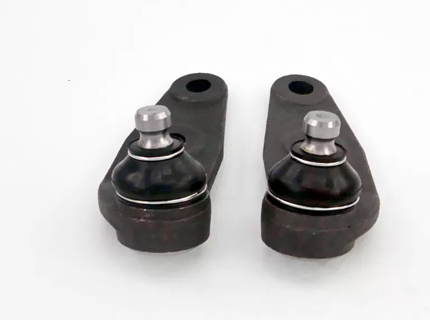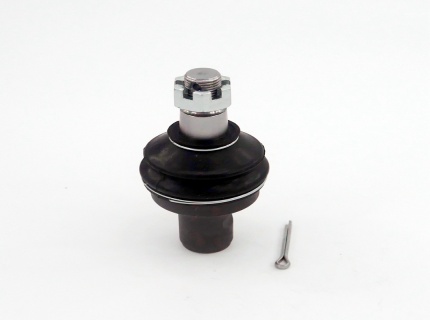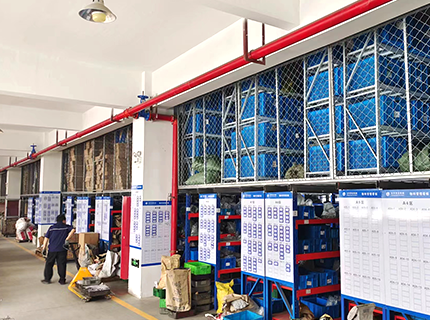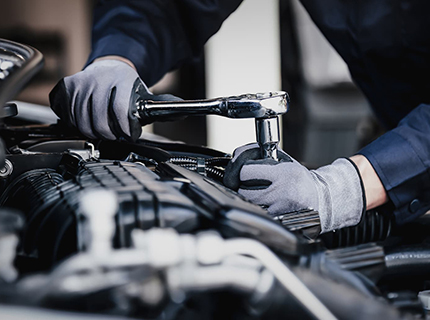## Understanding Control Arms with Integrated Ball Joints
Control arms with integrated ball joints represent a significant advancement in automotive suspension systems, providing improved performance, durability, and efficiency. Traditionally, control arms and ball joints were separate components, but the integration of these parts has streamlined assembly processes and enhanced vehicle handling characteristics.
### Key Components
At the core of a control arm with an integrated ball joint lies the control arm itself, which is typically made of high-strength steel or aluminum to withstand the forces generated during driving. The ball joint, which facilitates the pivoting motion of the suspension, is fused directly into the control arm. This integration eliminates the need for additional hardware, reduces the chances of wear and tear, and simplifies the assembly process.
The design includes several critical components:
1. **Ball Joint:** This spherical bearing allows for multidirectional movement, crucial for the up and down motion of the suspension system, accommodating road irregularities.
2. **Control Arm Structure:** This provides the foundational support and connects the vehicle's chassis to the suspension assembly. The control arm's geometry impacts ride quality and handling.
3. **Bushings:** Rubber or polyurethane bushings are incorporated to absorb vibrations and noise, providing a smoother ride.
### Working Mechanism
When a vehicle encounters bumps or dips in the road, the suspension system must react quickly. As the wheel moves vertically, the integrated ball joint pivots within the control arm assembly, allowing for controlled movement and stability. The efficiency of this mechanism is enhanced by the advanced engineering that optimizes load distribution and reduces friction.
### Application of Advanced Technology
Modern manufacturing technologies, such as computer-aided design (CAD) and robotic assembly systems, are utilized in the production of integrated control arms. These technologies ensure precise dimensions and surface finishes, which are vital for the performance and longevity of the components. Automated processes also enhance consistency, reducing production time and costs.
### Practical Examples
Automakers often deploy control arms with integrated ball joints in high-performance vehicles and SUVs. For instance, sports cars benefit from enhanced handling and feedback, while off-road vehicles gain improved durability against rough terrain. A practical scenario can be observed in vehicles equipped with adaptive suspension systems, where the control arm’s responsiveness is essential for maintaining stability during fast cornering or abrupt stops.
In conclusion, the integration of control arms and ball joints plays a crucial role in modern vehicle design, driven by advanced technologies that enhance manufacturing efficiency. Understanding these components and their functions is vital for anyone in the automotive field. For more information or to connect with reputed suppliers, feel free to contact us.
Show More >>
Contact Zegao Machinery | Your Trusted Chassis Parts Supplier
NEWS
Jan.01, 1970



